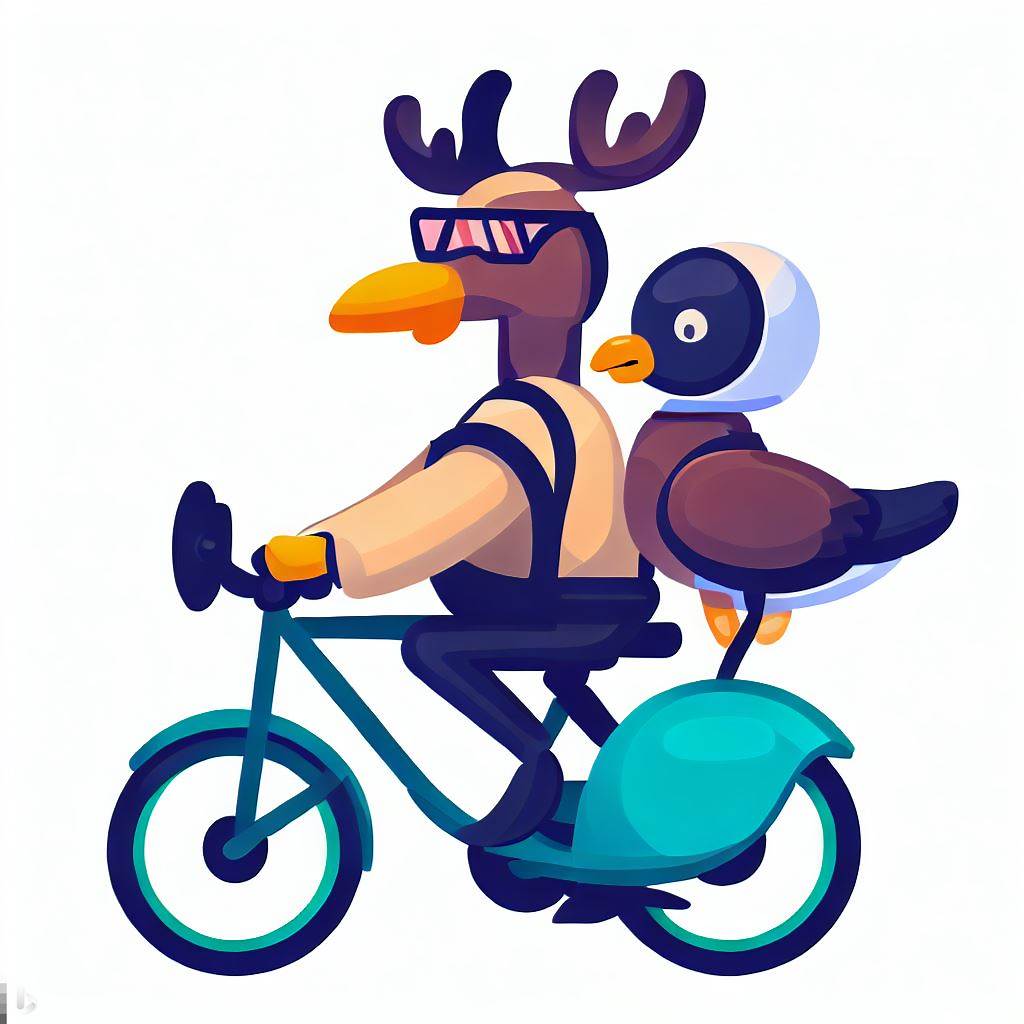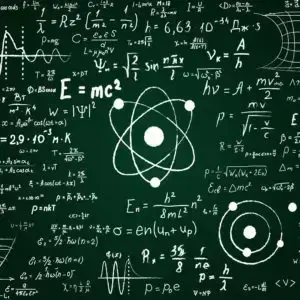Engineers at NASA say they have successfully revived thrusters aboard Voyager 1, the farthest spacecraft from our planet, in the nick of time before a planned communications blackout.
A side effect of upgrades to an Earth-based antenna that sends commands to Voyager 1 and its twin, Voyager 2, the communications pause could have occurred when the probe faced a critical issue — thruster failure — leaving the space agency without a way to save the historic mission. The new fix to the vehicle’s original roll thrusters, out of action since 2004, could help keep the veteran spacecraft operating until it’s able to contact home again next year.
Voyager 1, launched in September 1977, uses more than one set of thrusters to function properly. Primary thrusters carefully orient the spacecraft so it can keep its antenna pointed at Earth. This ensures that the probe can send back data it collects from its unique perspective 15.5 billion miles (25 billion kilometers) away in interstellar space, as well as receive commands sent by the Voyager team.


Voyager has no propulsion thrusters. It got its velocity from planetary fly-by’s and that’s it. It can only turn itself, it has no other thrusters.
On its current trajectory, will it ever reach anything “interesting” again?
There’s always a chance to get swallowed by a wormhole and get retrofitted by a machine civilization.
I mean that could happen without a wormhole, no? At this distance it would be impossible to see them unless they were huge.
if you mean planets, stars,etc… not while it can still communitcate. It might run into something in 10’s of thousands of years :P